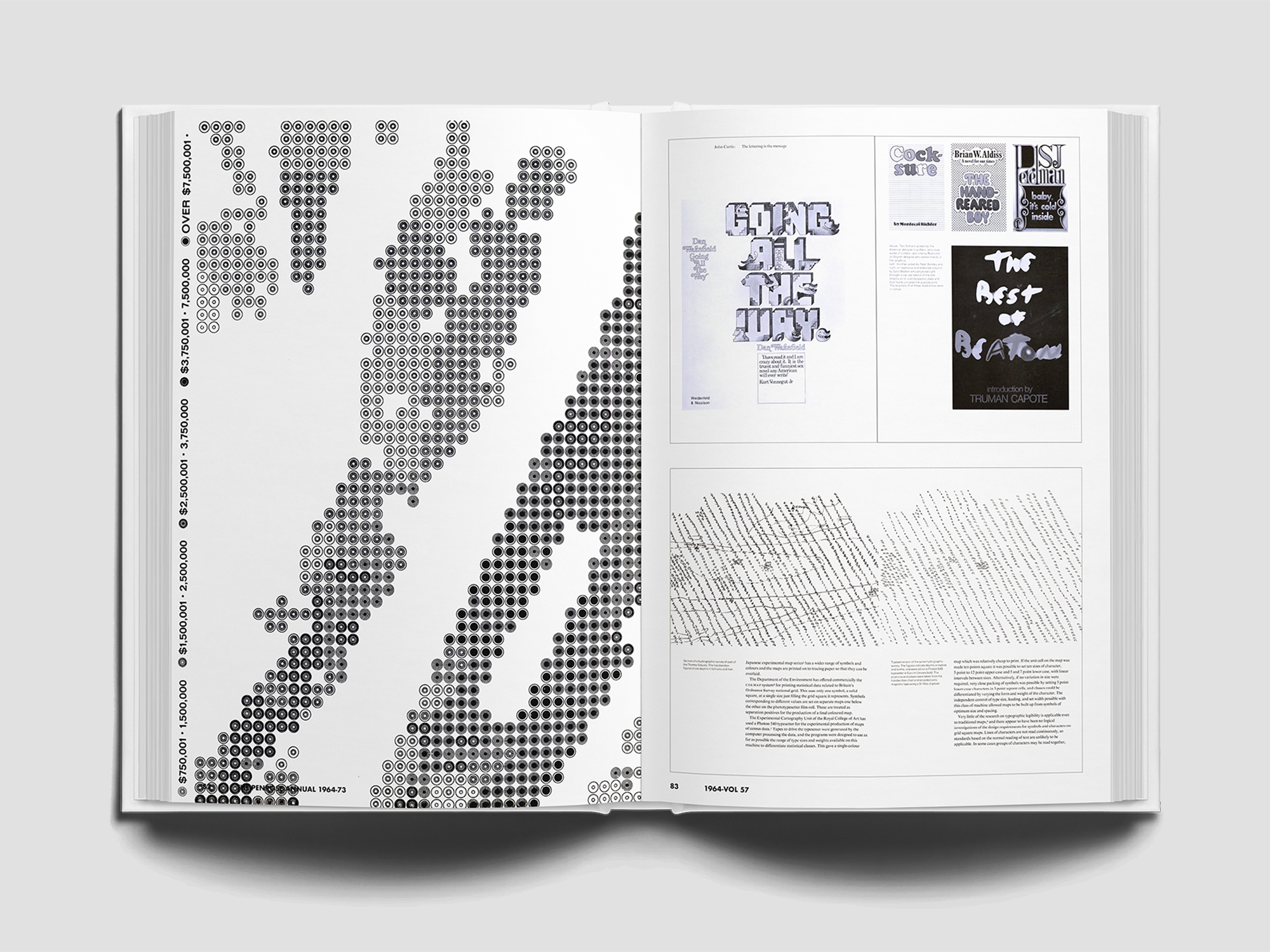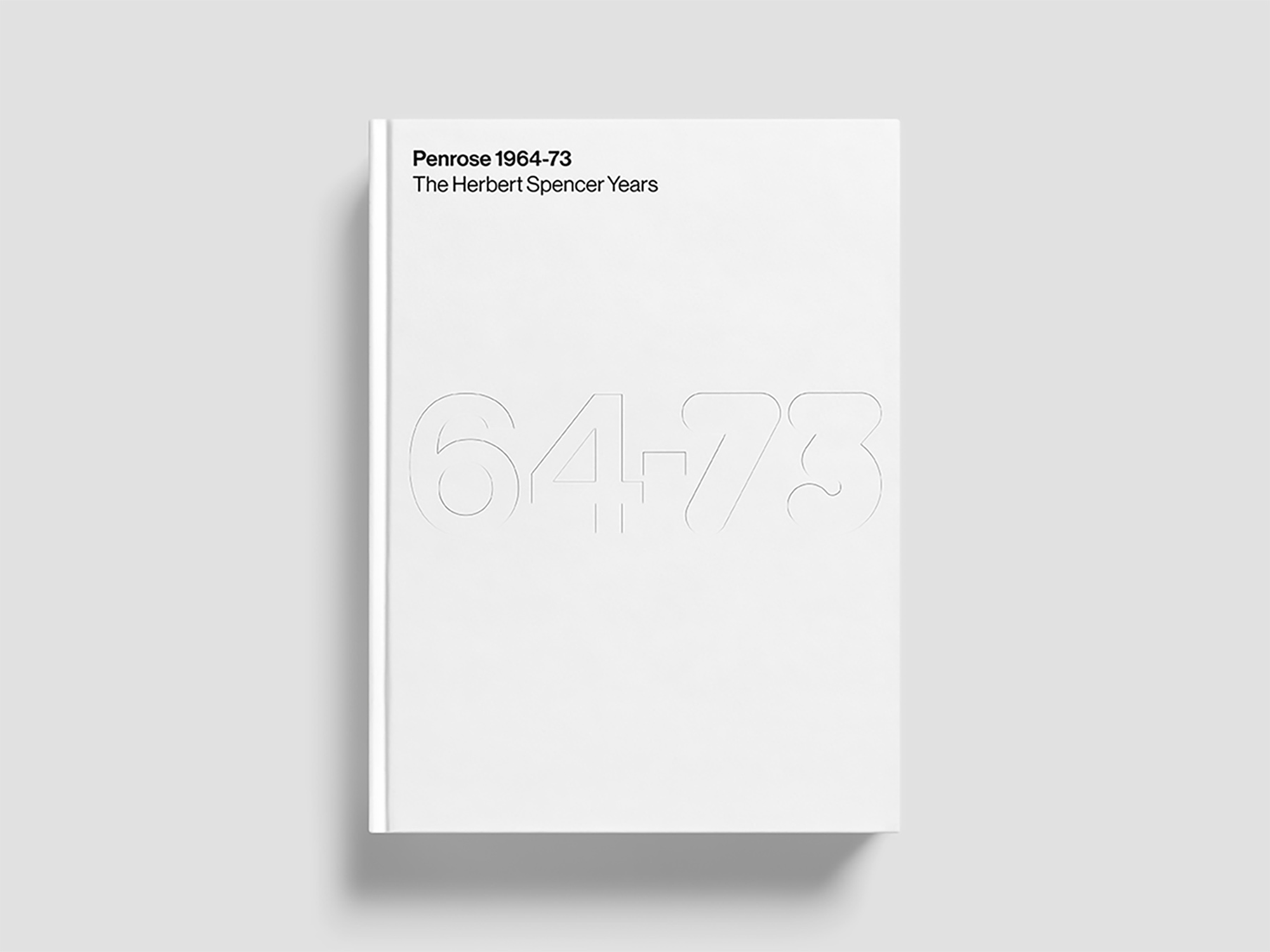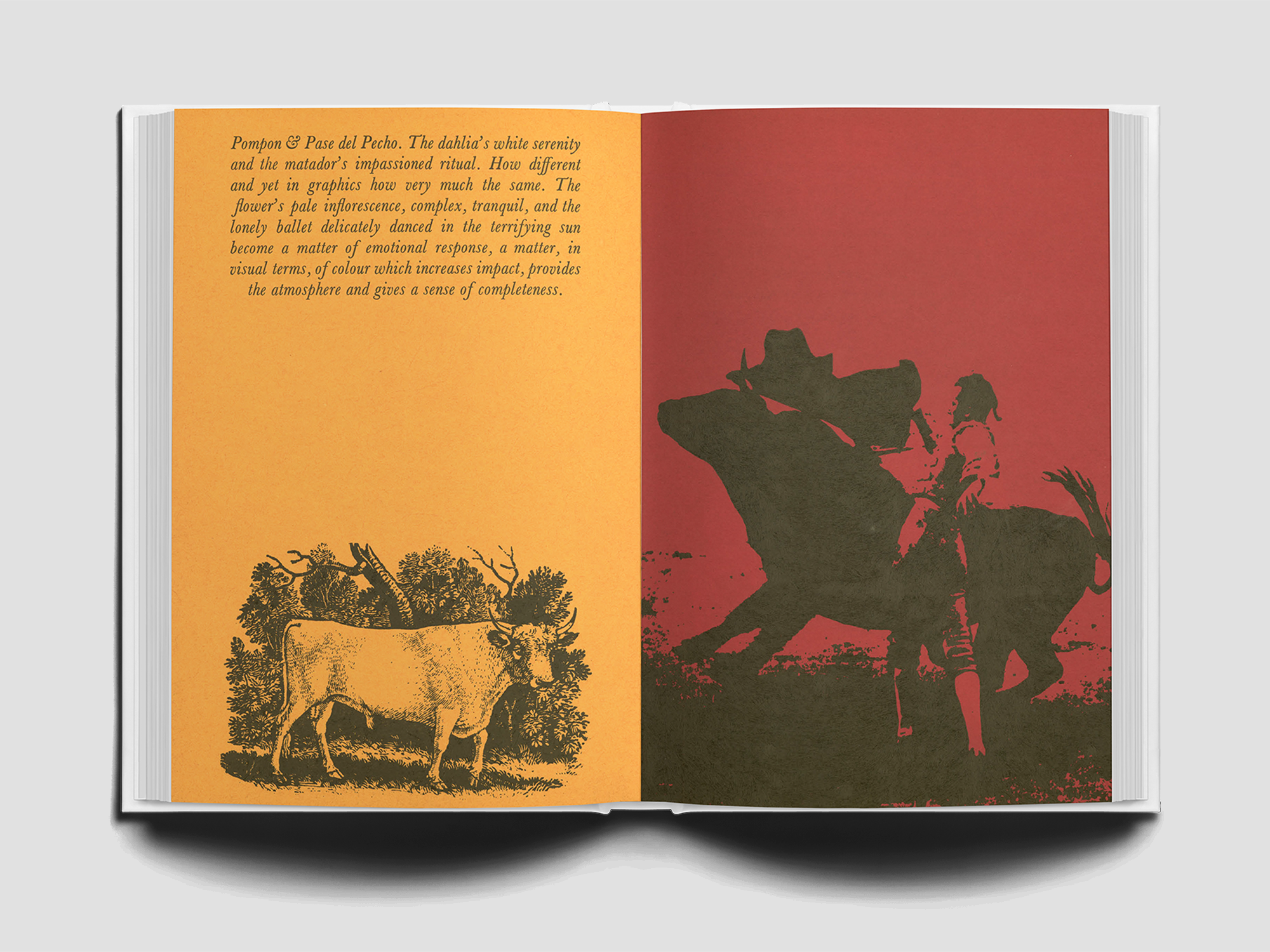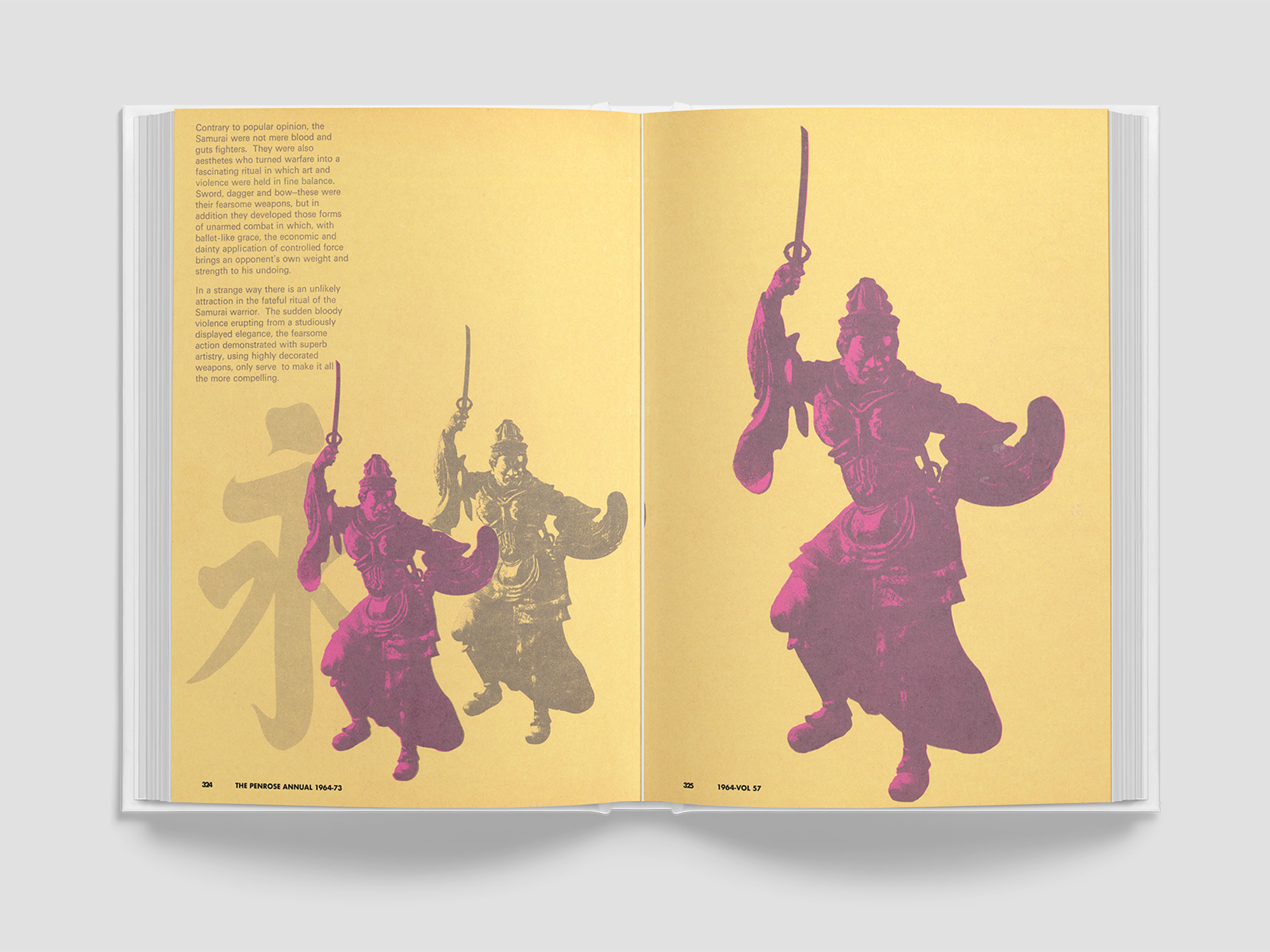
Share:
Herbert Spencer stands as an eminent figure in English typographic design, revered for his exceptional craftsmanship and innovative approach. His typographic style can often be characterised by his enlargement of letters, figures, and symbols. In Spencer’s work, letters transcend mere conveyors of messages; they morph into integral elements of composition, commanding attention and sparking intrigue.
By the age of 35, Spencer had already established himself as an important figure in typographic and consultancy design, boasting a prolific career as a freelance graphic designer since 1948. He also was the editor at Typographica and was honoured as a Fellow of the Society of Industrial Artists, additionally serving as the editor-in-chief of the SIA Journal.
As a champion of graphic design history, I was thrilled to find the upcoming book “Penrose 1964-73: The Herbert Spencer Years,” a captivating visual anthology dedicated to honouring Spencer’s legacy as a trailblazer in modern typography. Spanning 288 pages, this book commemorates Spencer’s influential editorship at the Penrose Annual from 1964 to 1973, a period that left an indelible mark on the landscape of graphic design. Through a curated selection of works by renowned designers, typographers, photographers, and illustrators, the book aims to showcase Spencer’s profound impact on the evolution of graphic design.
Support the Kickstarter campaign here: http://kck.st/44zsdUs

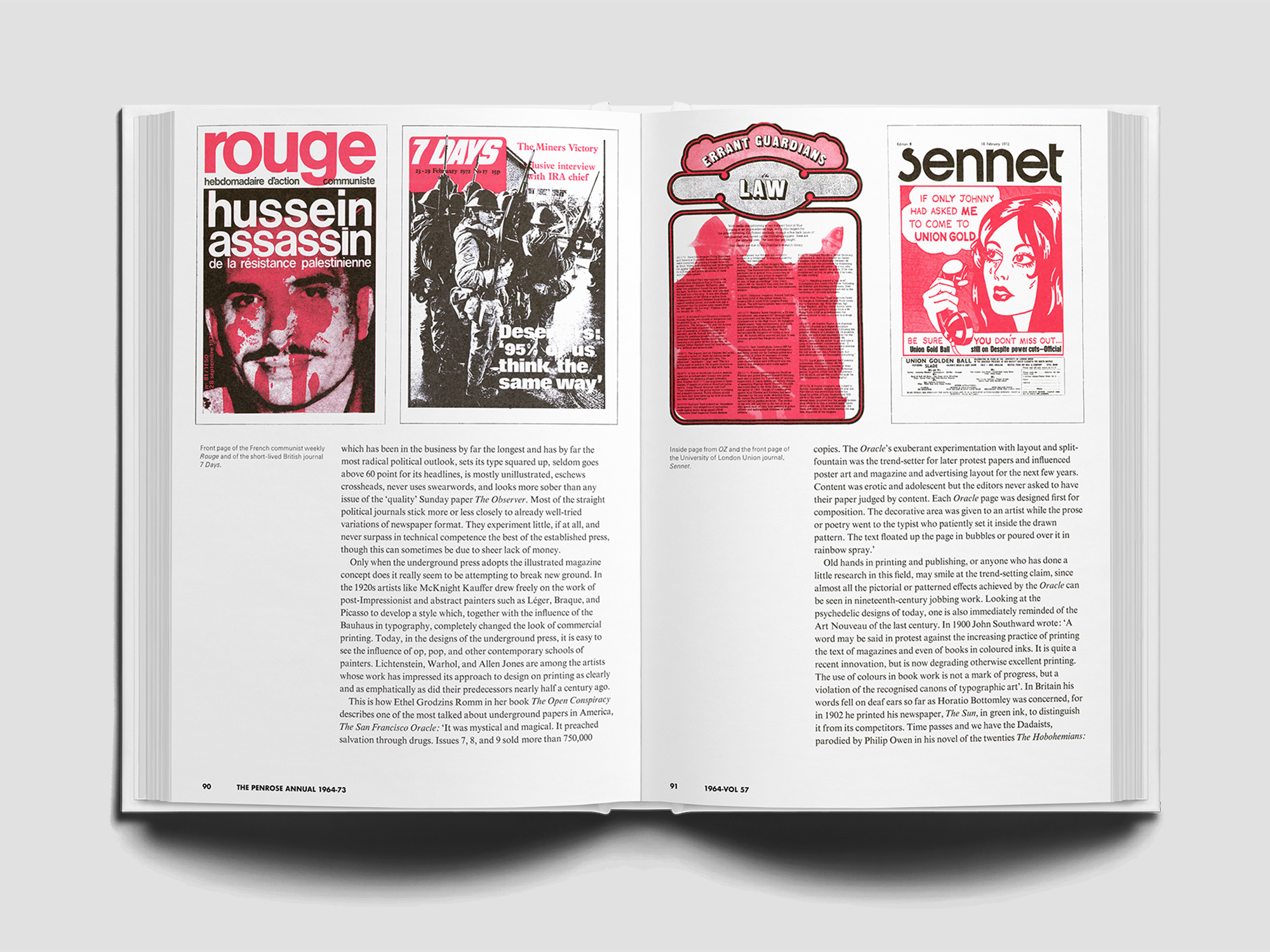
‘Penrose 1964-73’ will be the first book to properly explore Spencer’s years at the Penrose Annual, celebrating the legacy of his work across the 10 annuals he edited. In them, he featured the work of many of the top designers, typographers, photographers and illustrators of the time, commissioning features that would chart the transition from traditional craft to new technologies.
“Herbert Spencer was the quietest of quiet men. Yet he wrote, and edited some of the most progressive postwar publications on design and typography -Typographica, Pioneers of Modern Typography, The Visible Word (which grew out of a research project at the Royal College of Art). His editorship of Penrose Annual has largely been overlooked, Spencer brought together articles on design and print technology. You would need a small warehouse and a big budget to store them, or better still get all the best bits together in one book. Perfect.”
Brian Webb, Webb & Webb Design
